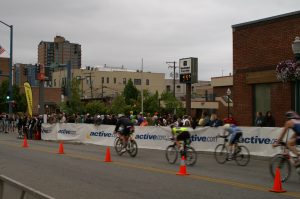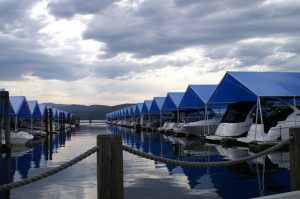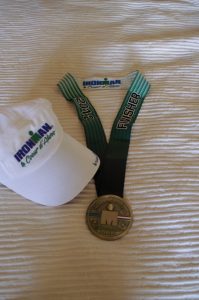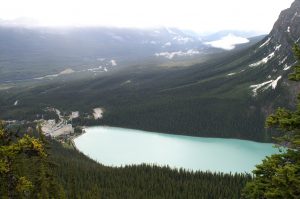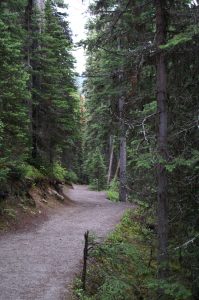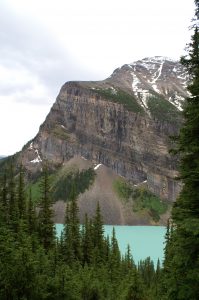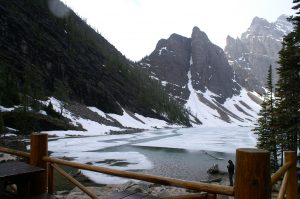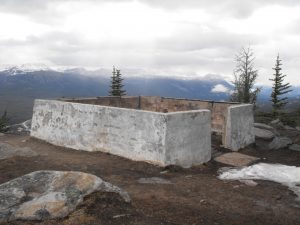70 miles west of Key West sits a group of islands that when first discovered by the European explorers where reportedly home only to birds and turtles, hence the name Tortugas in honor of the Turtles. Attempts at making them useful were thwarted by the fact that there is no fresh water on the islands, thus the dry was added to the Tortugas.
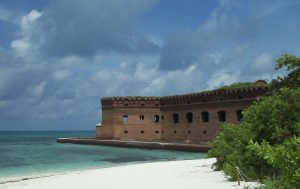
Nevertheless, the United States Government in the early 1800’s determined that the islands were vital to the security of the southern shores of the United States and began building Fort Jefferson. They built this house upon the sand and although it has had an interesting history, including a stint as the prison holding Abraham Lincoln’s assassin’s doctor, one Dr. William Mudd who was convicted of treason for setting John Wilkes Booth’s leg, the fort was never finished in accordance with its original plans. It was sinking too much and became obsolete while being built. Today, a small park service contingent and tourists on vacation, along with the occasional wayward Cuban refugee, are the primary people interested in Fort Jefferson and the Dry Tortugas. To get here, you can take the ferry, 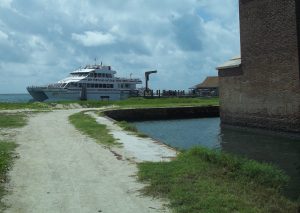 from Key West. The boat trip takes a little over two hours and day trippers can come to the island and stay until about 4:30 pm when the ferry returns to Key West. For the lucky few, however, overnight camping reservations are available. The reservations are limited and need to be made well in advance, however, the ferry ride can be arranged the day of your trip. If you don’t want to ride the boat for 2+ hours to get to the Dry Tortugas you can also take a seaplane from Key West for approximately the same price as the ferry. The seaplane, makes two trips per day and the guests get to stay about the same amount of time as the folks who ride the ferry.
from Key West. The boat trip takes a little over two hours and day trippers can come to the island and stay until about 4:30 pm when the ferry returns to Key West. For the lucky few, however, overnight camping reservations are available. The reservations are limited and need to be made well in advance, however, the ferry ride can be arranged the day of your trip. If you don’t want to ride the boat for 2+ hours to get to the Dry Tortugas you can also take a seaplane from Key West for approximately the same price as the ferry. The seaplane, makes two trips per day and the guests get to stay about the same amount of time as the folks who ride the ferry. 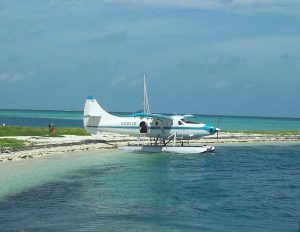 We spoke to the pilot who has been flying this route for the last several years and he says he has no intention of giving it up. Who can blame him, with living in the Florida Keys and making two short trips a day as his primary job? The plane is bigger than it looks, so if you want to be an overnight camper you can get your gear out here on the plane, however, we’d recommend the ferry. You can bring a cooler or two on the ferry which comes in handy since there are no provisions available on the island. Remember that you will be in the DRY Tortugas and that there is no water available on the island. Fill the coolers with ice and water and what ever other beverages and perishable items you will need for your stay and jump on the ferry. You can also get to the island if you are lucky enough to have your own private boat or a charter. While we were there a resident of the east coast of Florida showed up in his boat and anchored beside the fort. He single-handed the trip.
We spoke to the pilot who has been flying this route for the last several years and he says he has no intention of giving it up. Who can blame him, with living in the Florida Keys and making two short trips a day as his primary job? The plane is bigger than it looks, so if you want to be an overnight camper you can get your gear out here on the plane, however, we’d recommend the ferry. You can bring a cooler or two on the ferry which comes in handy since there are no provisions available on the island. Remember that you will be in the DRY Tortugas and that there is no water available on the island. Fill the coolers with ice and water and what ever other beverages and perishable items you will need for your stay and jump on the ferry. You can also get to the island if you are lucky enough to have your own private boat or a charter. While we were there a resident of the east coast of Florida showed up in his boat and anchored beside the fort. He single-handed the trip. 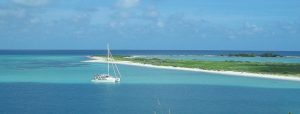 I think I would have brought a friend. The limited campsites include a permanent grill and a picnic table, so you are essentially car camping from a boat, with no way to get to a store.
I think I would have brought a friend. The limited campsites include a permanent grill and a picnic table, so you are essentially car camping from a boat, with no way to get to a store.
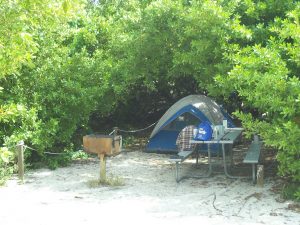
You are in a small grove of trees just to the south-east of the walls of the fort and there is not much else on the island. There were about 8 of us who came over on the boat and another 5 or 6 who came to the island on a private boat so after 4:30 in the afternoon the entire island was deserted except for the campers and a lone ranger who stayed in his quarters inside the fort. We were fortunate that we had great weather and were treated to an amazing spectacle in the sky at night as there was no ambient light to diminish the stars. We sat on the beach in the first picture above just south-east of the fort and were amazed at the stars you never see around civilization. The fort is an unfinished marvel.
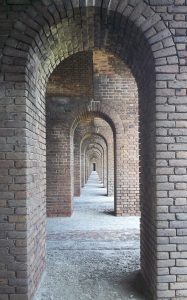
As noted above, during the decades it was being built the sheer weight of the millions of bricks began to make the fort sink, thus only the first and third levels of the fort were ever outfitted with cannons. Further, the invention of rifled bore cannons soon made the smooth bore cannons installed on the fort obsolete. The garrison stationed at the fort had to be truly miserable and the letters on display inside the small museum attest to the fact. Their uniforms were wool and they were required to wear them while stationed here even though the tropical heat and humidity would at times make them unbearable. A doctor and his family was stationed here, but ironically, the doctor fell ill and died from typhoid fever while Dr. Mudd was imprisoned here. Mudd then aided the sick and was credited for nursing many of them back to health. Eventually he was pardoned for his role in treating these patients after having been imprisoned for treating the wounded John Wilkes Booth. You will also be entertained by the permanent residents of the Dry Tortugas: the birds including the seagulls and the pelicans. The eastern part of the island is a bird sanctuary and you are not allowed to go there, but the pilings of the abandoned and long demolished coal resupply station provide hours of bird watching.

The dark area under the pilings is not grass but rather millions of bait fish in schools. The pelicans dive off the pilings to grab the minnows and the seagulls jump onto the head of the pelicans and try to steal the minnows out of their mouths. In the water, silver flashes cut through the bait fish (see the circled area) as mackerel feed on the minnows. The feeding goes on for hours until near sunset when the birds head off to roost. We were here in September, the shoulder season in Key West, when there were few tourists and lots of time. If camp overnight here, you may never have a more peaceful night. I’ll update this later on with a few more notes.


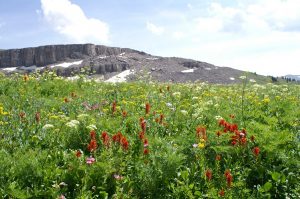
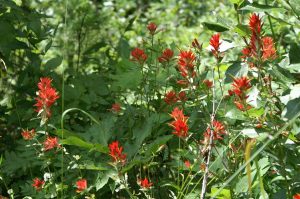
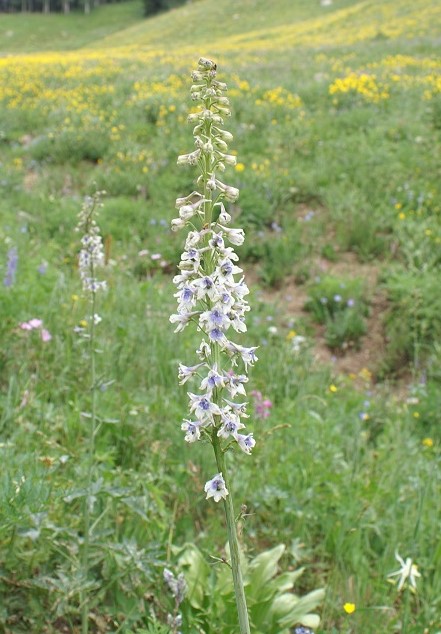
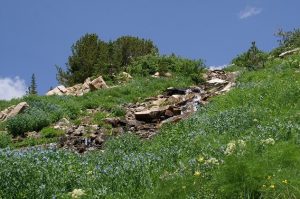
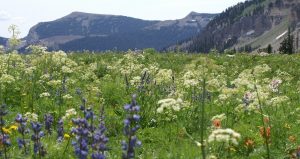
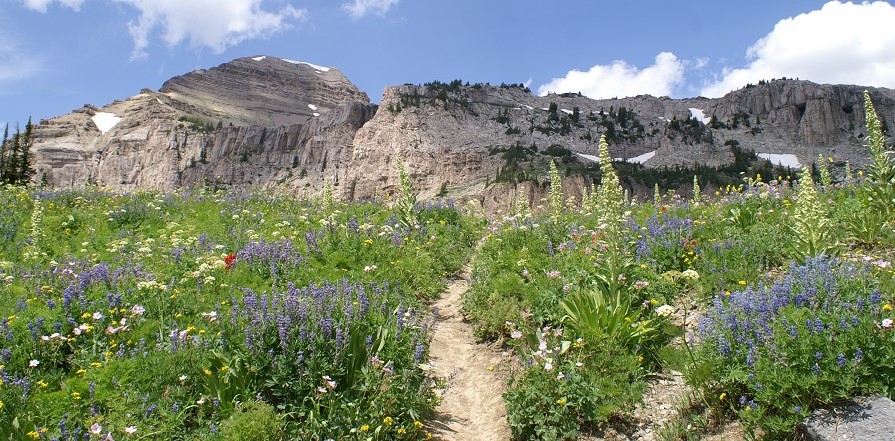
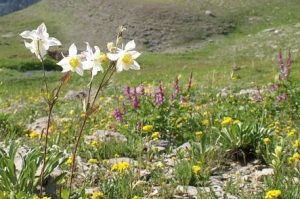

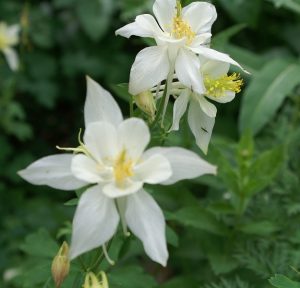

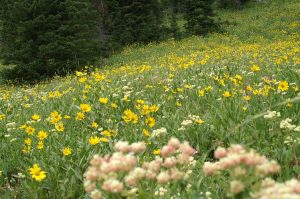
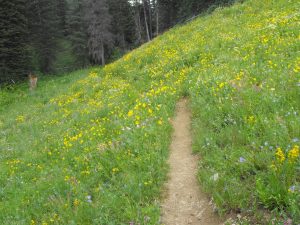
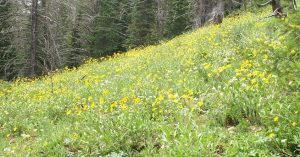


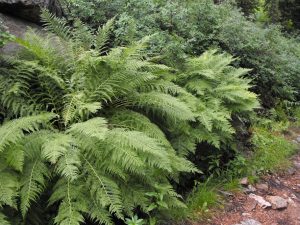


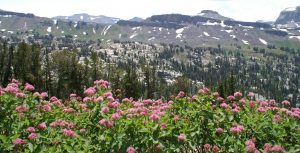
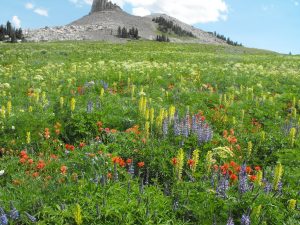
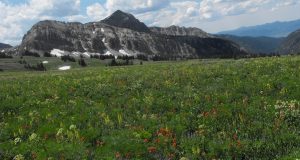
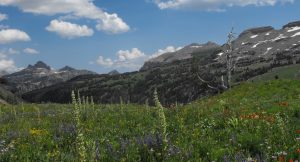

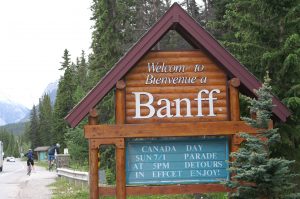

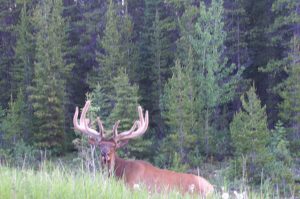
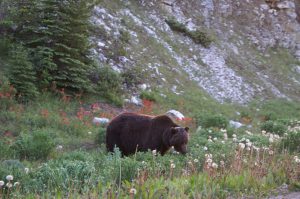

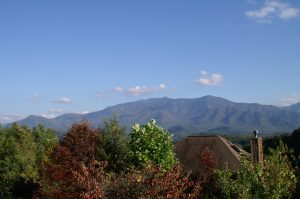

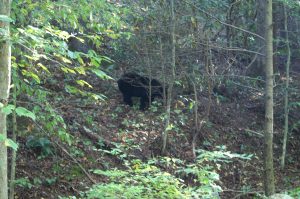

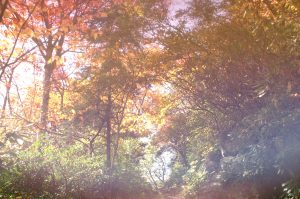



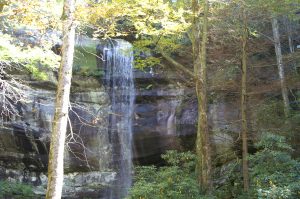

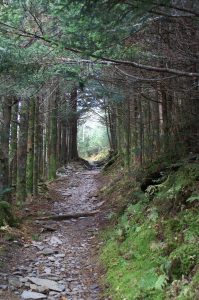


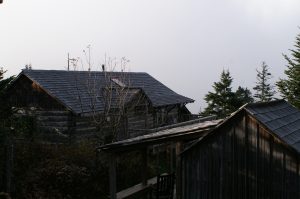

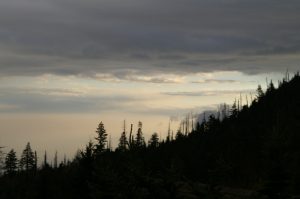




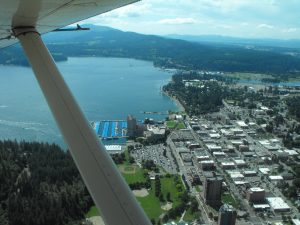


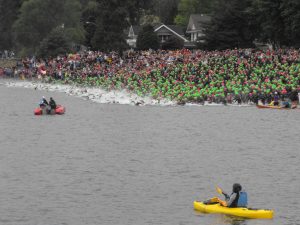 Coeur d’Alene swim start
Coeur d’Alene swim start